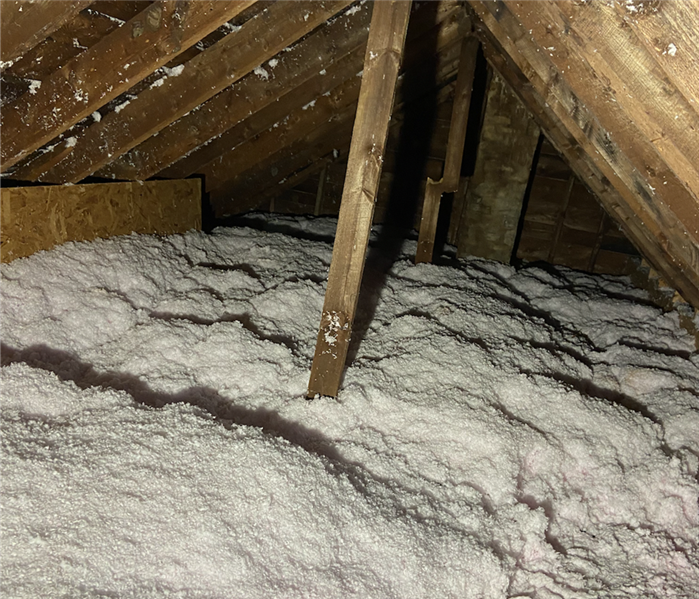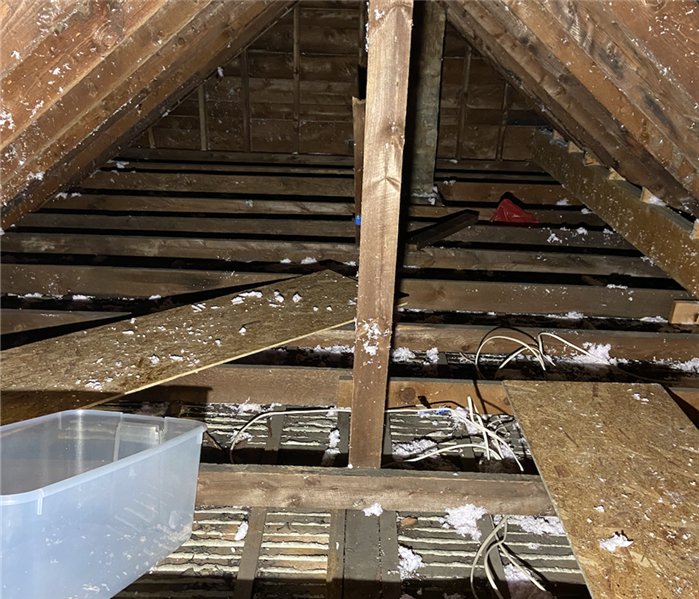
Step 4: Drying and Dehumidification
Our Water Damage Restoration Process
Water damage restoration is a multi-step process that requires swift and thorough action to mitigate further damage and restore your property to its pre-damaged condition. Here is an overview of the water restoration process:
-
Emergency Contact: The process begins with your call to SERVPROof Natick, Milford, where our team gathers essential information to respond quickly to your water emergency.
-
Inspection: Our professionals conduct a thorough inspection to assess the extent of the water damage and develop a tailored plan of action.
-
Water Removal: Using powerful pumps and vacuum units, we swiftly remove excess water from your property to prevent further damage.
-
Drying: Even after visible water is removed, building materials retain moisture. We use specialized equipment to dry and dehumidify the affected areas to prevent mold growth and structural damage.
-
Cleaning & Sanitizing: We clean and sanitize the area to remove any lingering odors and prevent mold and bacteria growth.
-
Restoration: The final step involves restoring your property to its pre-damaged condition. This may include minor repairs, such as replacing drywall and flooring, or more extensive reconstruction efforts.
It's important to note that even after the visible water is removed, building materials may still be wet to the touch. This retained water can lead to further damage if not properly addressed. Our team is trained to identify and mitigate these hidden moisture issues to ensure a thorough restoration process.
Drying / Dehumidification
Our Professionals will use room measurements, temperature, and relative humidity to determine the optimal number of air movers and dehumidifiers to dry your home or business. We’ll carefully monitor the progress using moisture meters until the materials return to acceptable drying goals.
- Use Dehumidification Equipment
- Use Monitoring Equipment to Track Progress
Monitor Floor and Walls
We check the moisture levels to monitor the drying process.
- Monitor Floors
- Monitor Walls
Drying Equipment
- Industrial-grade dehumidifiers help prevent secondary water damage like swelling and warping of floors, walls, and furniture.
- High-speed air movers create airflow across walls, carpets, pads, and furniture, which accelerates the evaporation of moisture.



 24/7 Emergency Service
24/7 Emergency Service





